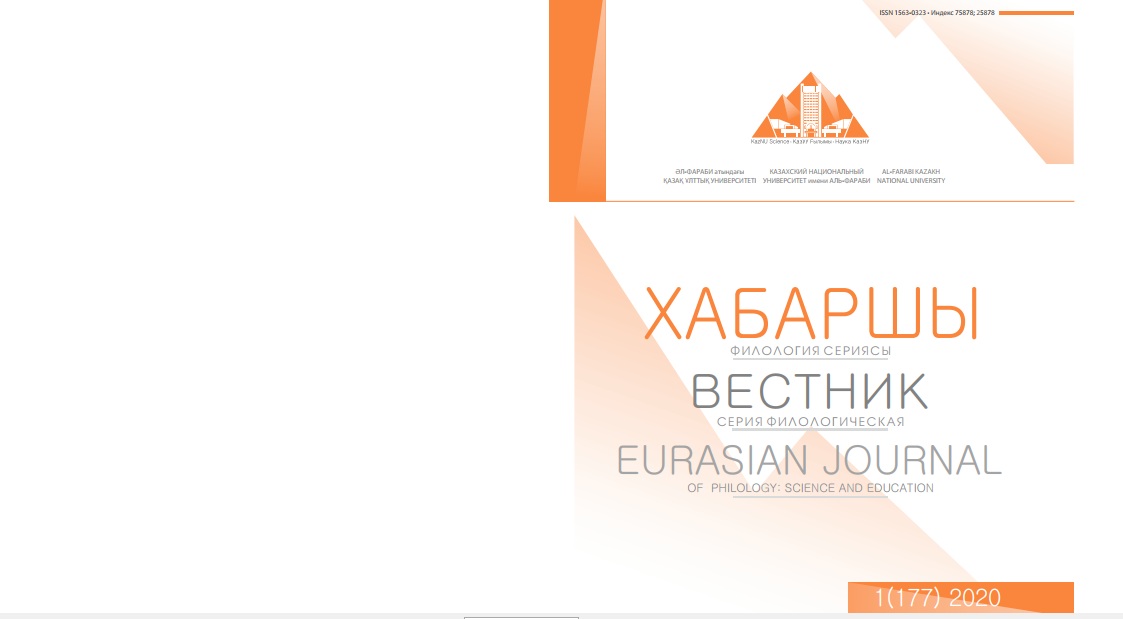Ellipsis in Contemporary Linguistics and its features of economy and correlation
DOI:
https://doi.org/10.26577/EJPh.2020.v177.i1.ph21Abstract
The article is dedicated to directions of elliptical utterances, which appear to be a legitimate occurrence in texts (dialogues) in comparable languages. The choice of the subject of the article is due to
the fact that the approach to language facts within the traditional linguistic framework does not provide
sufficient information to adequately explain the peculiarities and features of the objective reality represented by the elliptical sentences. This, on the one hand, is a clear indication of the regularity of the use
of ellipsis in the communication process, not only its normativeness, but also the legitimacy and purpose
of the use of that means, on the other hand, the ellipsis, which is a means of essence link between the
dialectical components as a whole, is the means by which it strengthens the essence link between the
utterances and stimulates the continuation of the textual dialogue.
The linguistic definition of the cognitive mechanisms that allow the coordination of language and
conceptual views of the world in the process of defining strategies for interpreting information in elliptical utterances has not been fully resolved.
The author of the article emphasizes like the language (colloquial – F.G.) phenomenon, has repeatedly been the subject of linguistic research and discussion. For example, ellipsis is a case of rhetoric or
grammar, the matters such as whether it is necessary to identify incomplete and elliptical sentences,
whether the sentences with the main parts of sentence but with missed secondary parts can be considered to be the elliptical sentence, have always been the subject of discussion. However, there is still no
consensus among linguists on these issues, and these points can be regarded as actuality of the article.
The aim of the article is to investigate the functional-cognitive features of ellipsis in texts and discourses on the basis of English, Azerbaijani and Spanish samples, and to identify linguistic and extra
linguistic factors that lead to this result.






